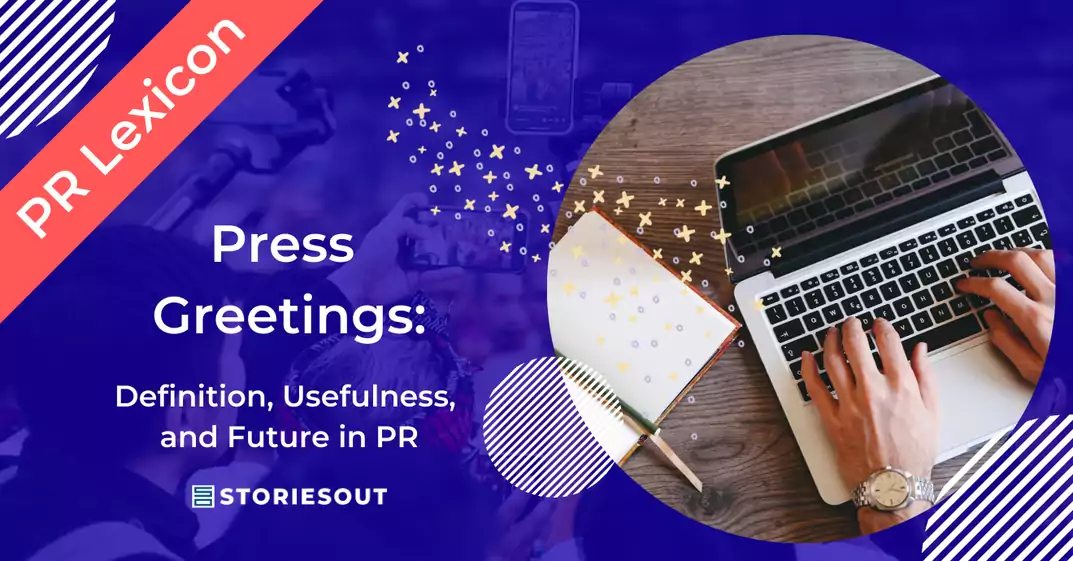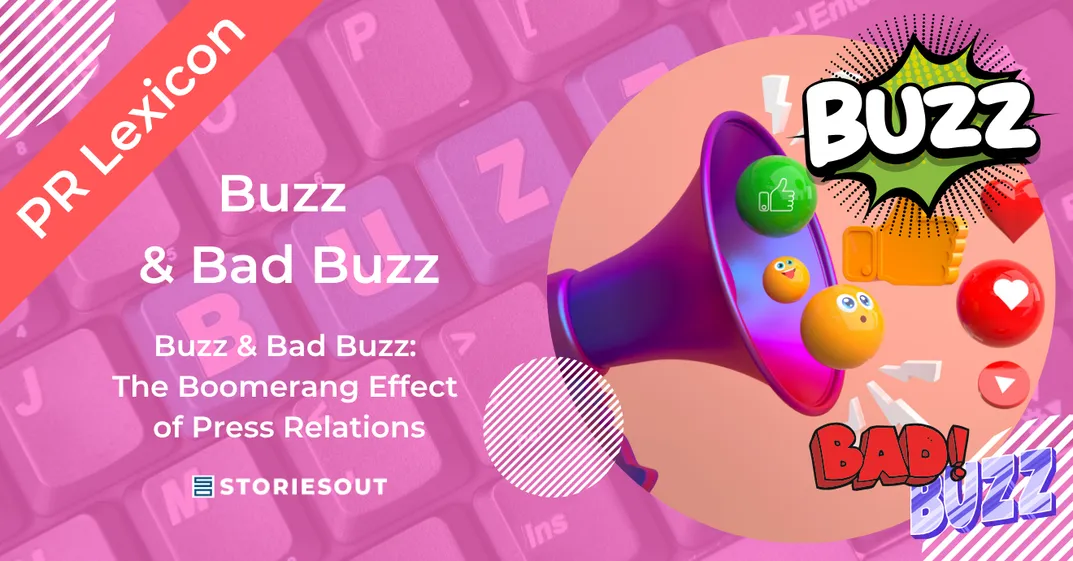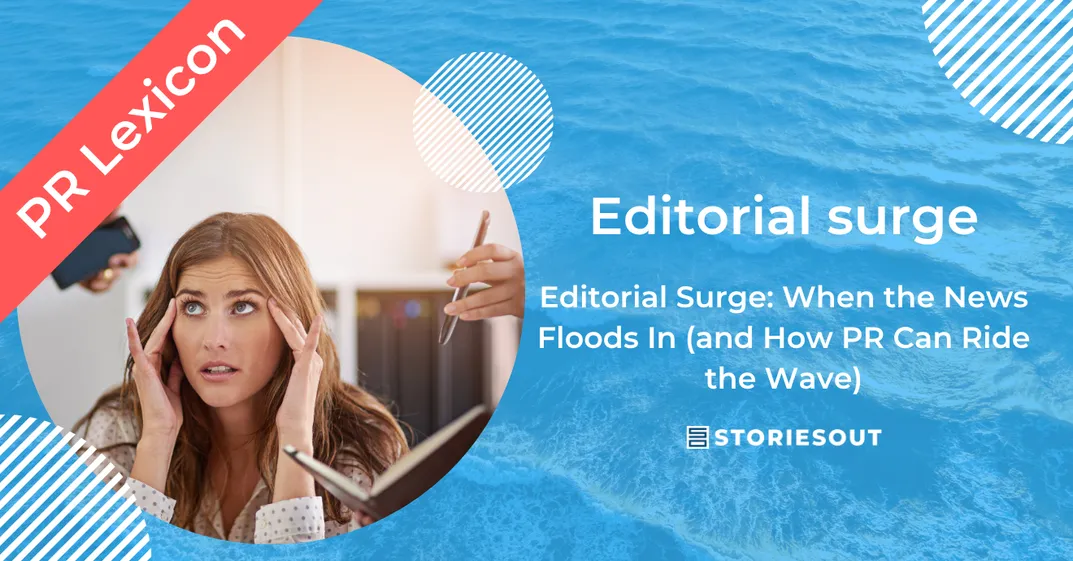What is an op-ed in press relations?
An op-ed (sometimes called an “opinion piece” or a byline) is an article written by an expert, executive or organization, expressing a point of view or opinion on a current topic, trend or specific issue. Unlike a press release, which provides information, an op-ed is used to take a position, share expertise or influence public debate.
It is often signed by a person with influence or legitimacy in his or her field (CEO, recognized expert, researcher, etc.) and is intended for publication in the media, generally in a section dedicated to opinion (Tribunes, Opinions, Chroniques).
Why write an opinion column?
- To assert expertise: An op-ed positions its author (or the organization he or she represents) as a credible and relevant reference on a given subject.
- Influence public opinion: The aim is to raise awareness or convince an audience (readers, decision-makers, institutions) of a particular issue.
- Reacting to current events: An opinion column enables you to take part in public debate by exploiting a media opportunity linked to a burning issue.
- Enhance your visibility and reputation: Being published in an influential medium gives you extra credibility and a wider audience.
How to write an effective op-ed?
For an op-ed to be picked up and published by a media outlet, it must comply with precise rules, both in terms of content and form.
Content:
- A strong idea: The article must have a clear thesis or message, expressed from the outset. This means answering a key question: what central idea do we want to get across?
- A link with current events: To maximize media interest, the op-ed must be part of a current context or debate.
- Author legitimacy: The author must be perceived as an expert or legitimate figure on the subject.
- An original point of view: the media are looking for fresh angles, well-argued opinions or bold proposals, not redundancies.
- Value for the reader: The op-ed must inform, inspire or question readers.
Form:
- Appropriate length: Most media outlets accept articles of 3,000 to 5,000 signs (including spaces), or around 500 to 800 words.
- Powerful introduction: Start with a sentence or paragraph that grabs the reader’s attention, often by posing a problem, citing a key fact or asking a question.
- Structured argument: Develop clear, well-organized ideas, often in three parts:
- Context / statement: Why the subject is important.
- Analysis / thesis: Your point of view or analysis of the problem.
- Solutions / conclusion: Your proposals or conclusions in response to the problem.
- Accessible, engaging style: The text should be fluid, direct and avoid technical or institutional jargon.
- Clear signature: Add a mini-biography of the author at the end of the article, specifying his title and functions, to establish his legitimacy.
Examples of possible topics for an op-ed:
- Reaction to a new regulation or law.
- Analysis of trends in a sector (tech, environment, economy, etc.).
- Take a stand on a social, environmental or economic issue.
- Proposing solutions for a societal issue.
Examples:
- NFT blockchain and wine fraud (CollectID in Forkast)
- How AI can help Supply chain (Cosmo Tech in Supply and demand Chain Exec)
Where to publish an op-ed?
Where to publish an op-ed depends on the target audience and the media suited to your topic. Here are a few tips:
Major national media:
Newspapers such as Le Monde, Les Echos, Le Figaro and Libération have sections dedicated to opinion pieces. These media offer wide visibility, but are very selective.
Specialized media :
If your op-ed concerns a niche (e.g. technology, health, finance, environment), opt for specialized media (e.g. La Tribune for economics, Usine Nouvelle for industry, Maddyness for innovation, etc.).
Local or regional media:
For subjects with a regional scope, give preference to local newspapers (Ouest-France, La Dépêche, etc.).
Influential online platforms and blogs:
Platforms like HuffPost, LinkedIn Pulse, or recognized blogs in a specific sector can be effective alternatives for reaching an engaged audience.
In-house publications or own channels:
If the media reject your column, consider publishing it on your website, in a newsletter, or via your professional social networks (e.g. LinkedIn).
How to maximize your chances of publication?
- Target the media: Each medium has its own thematic preferences. Study the articles already published to understand what corresponds to their editorial line.
- Personalize your proposal: Address the right person (editor-in-chief, head of opinion pages) with a clear proposal and a summary of your column.
- Respect deadlines: If your column is a response to current events, send it quickly, before the subject loses its appeal.
Have your text proofread: Make sure it’s flawless in both form and content.
In short, an op-ed is a powerful tool for sharing a vision or influencing a public debate, but its success depends on careful writing, a relevant message, and a judicious choice of publication media. If well thought-out, it can offer strategic visibility and reinforce your position as an expert.
More from the PR Lexicon:



